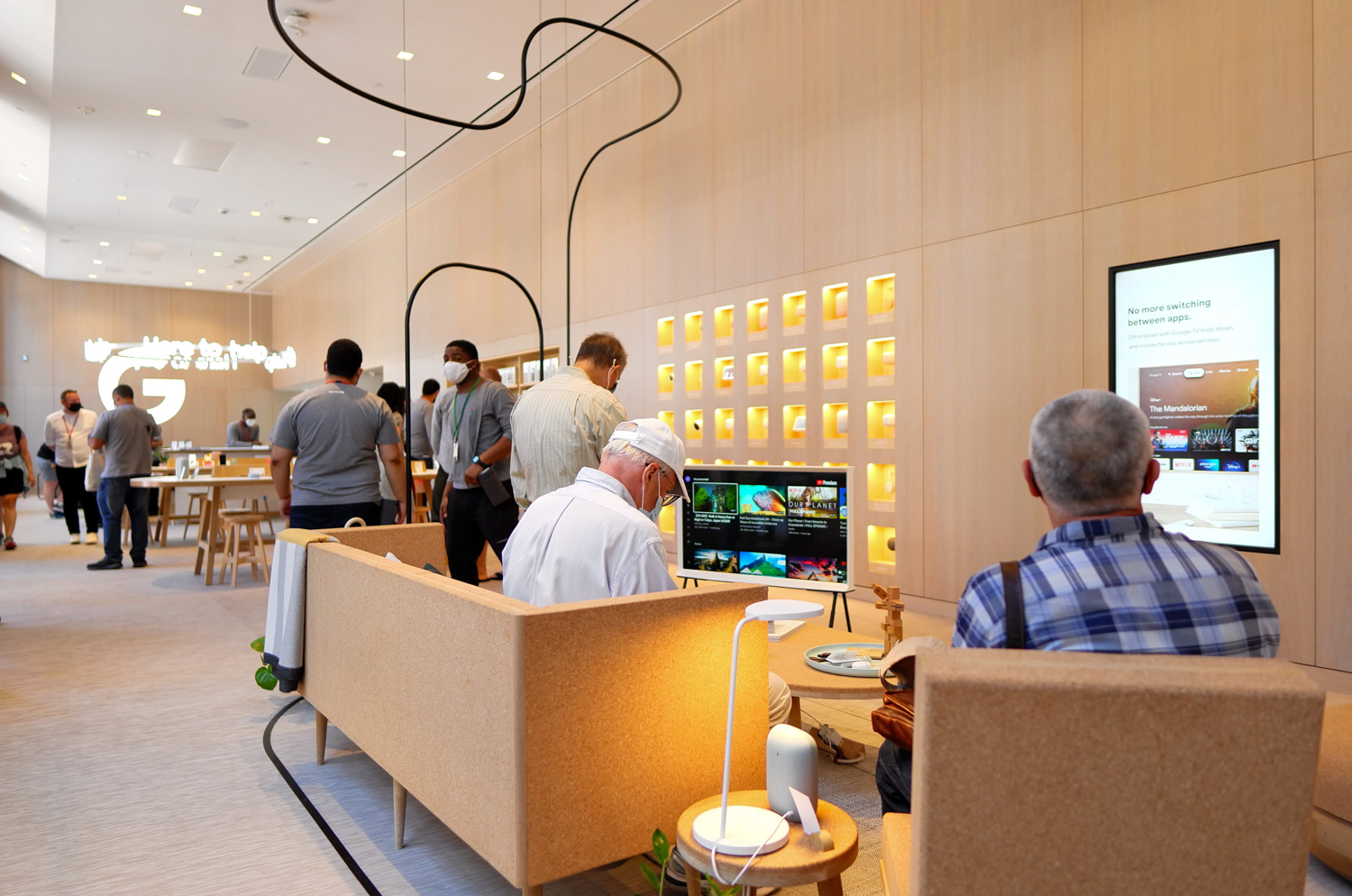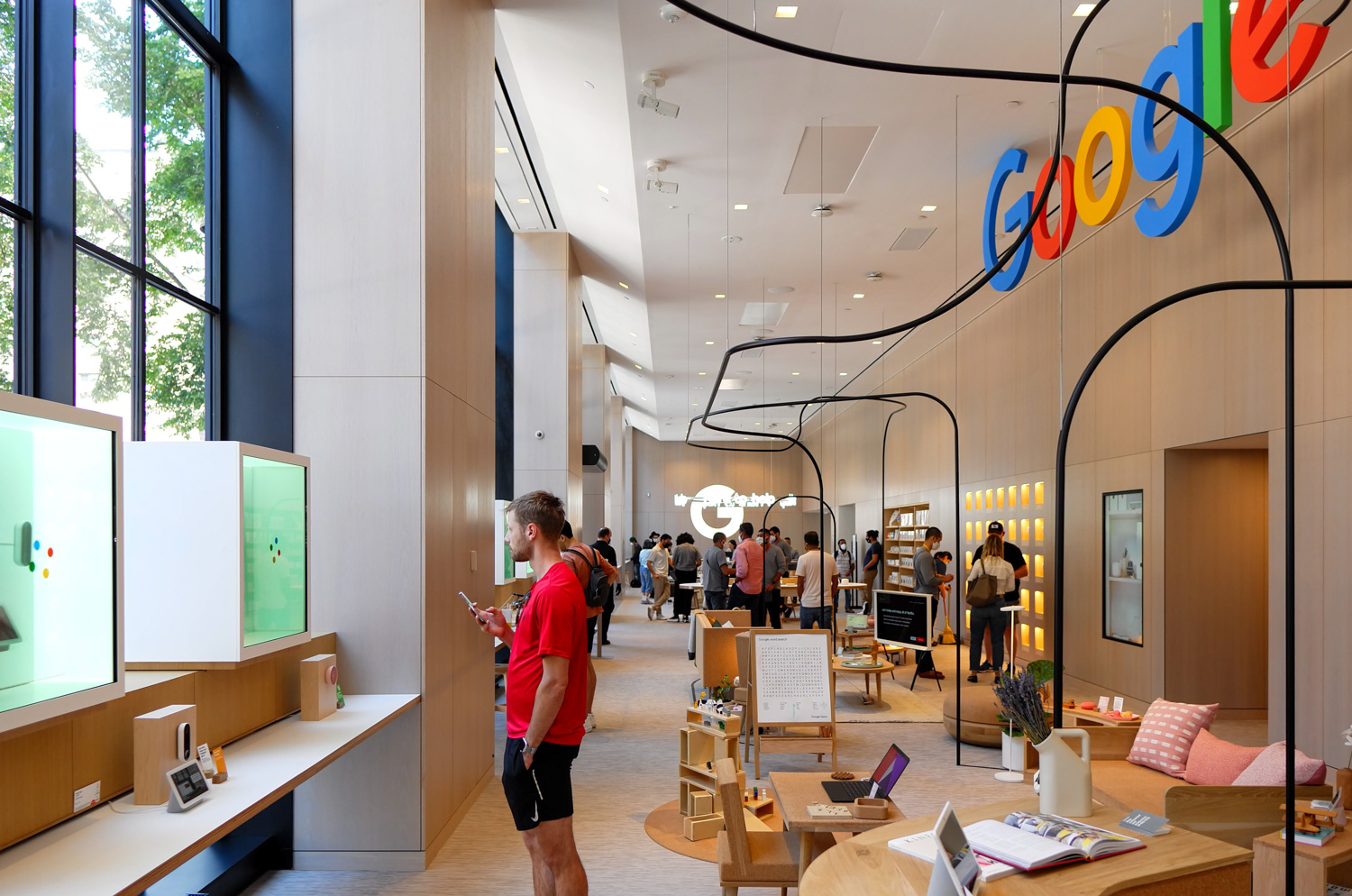GOOGLE OFFERS AN OFFLINE EXPERIENCE OF ITS PRODUCT WITH ITS FIRST PHYSICAL STORE IN NEW YORK, DESIGNED BY SUCHI REDDY THE ARCHITECT FROM REDDYMADE AND IVY ROSS, VP OF DESIGN, UX AND RESEARCH FOR GOOGLE HARDWARE
TEXT: METHAWEE ARUNWIJITSAKUN
PHOTO: METHAWEE ARUNWIJITSAKUN EXCEPT AS NOTED
(For Thai, press here)

Photo courtesy of Reddymade
In the midst of the COVID-19 pandemic, physical stores have been forced to shut themselves down as online shops continue to increase in number. Google, however, has gone against the trend. Earlier in June, the tech giant opened its first ever permanent physical store at Google New York Headquarters in Chelsea, Manhattan, one of the city’s economic and commercial districts.


The project has architect, The Suchi Reddy of Reddy Made, along with Ivy Ross, VP of design, UX and research for Google Hardware and Google’s own in-house team to co-create the physical space. It features offline experiences from Google’s very own products from Pixel phones, gadgets from Nest (Home Device), Stadia, Fitbit, and Pixelbooks. The shop is also a customer service center where clients can inquire information or have their Google’s products repaired.

Overall, the design gives off a warm and cozy atmosphere with the presence of long wooden walls and cork furniture designed by Danial Michalik, which adds a friendly vibe to the space, differentiating the shop from other tech gadget stores. The sofa and furniture set and the mock up kitchen made of cork located at the entrance hall invites visitors to have a seat and personally experience different products first hand.
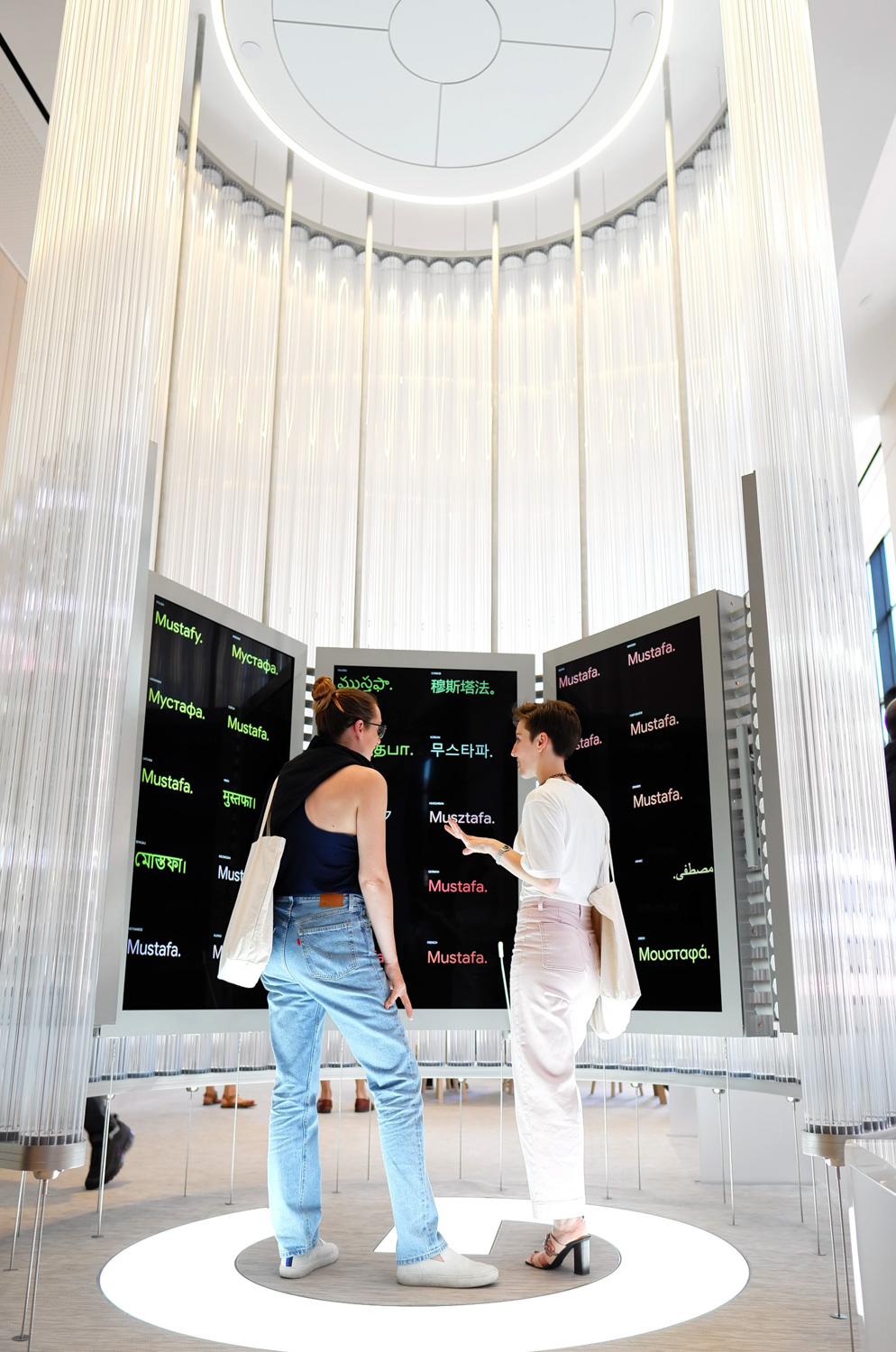
These specifically developed technologies are applied to render the kind of experiences that cannot be showcased online, such as the discovery boxes installed around the shop to create the translucent screens on which the product demonstrations are shown. The Imagination Space is the floor-to-ceiling high circular glass structure and is a collaborative development between Google and TheGreenEyl. The space materializes the Google Translate technology into a real-time interactive space that can simultaneously translate viewers’ speech into 24 languages.

Stadia Sandbox

Nest Sandbox
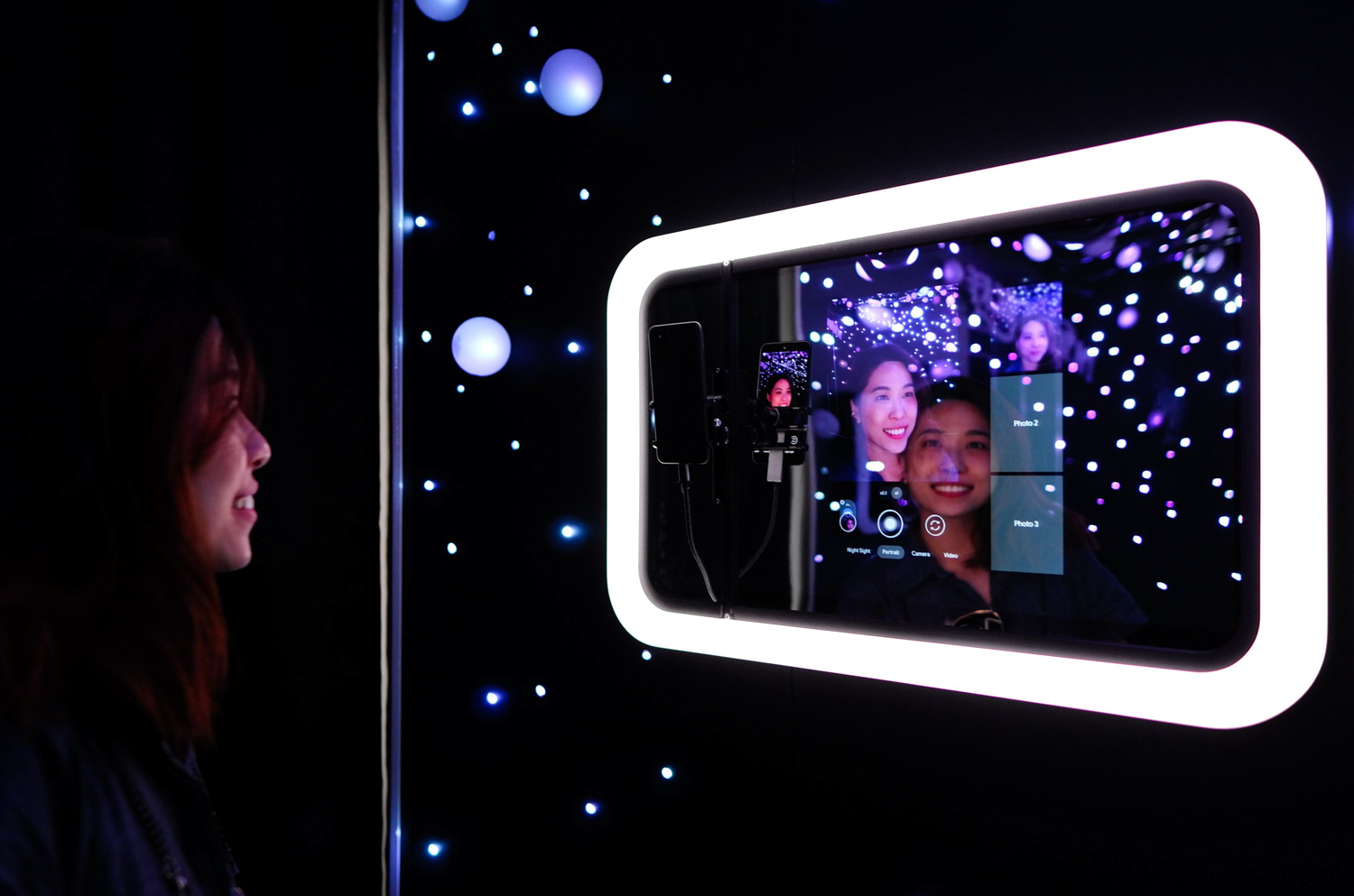
Pixel Sandbox
Google store houses three other main rooms, each leading visitors to experience different Google’s products and technologies. The Stadia Sandbox is designed for gamers to try out the cloud gaming service while Nest Sandbox simulates a living space equipped with Nest’s products, allowing visitors to personally experience the convenience brought about by the smart home technologies. The last room, Pixel Sandbox, showcases Google’s pixel phones. What makes the first Google store particularly distinctive is the Ambient Computing technology. It’s an operating system that performs computations without the need for screen and buttons, but sounds, movements, touches or even face scan, all are integrated for visitors to experience at Google store.
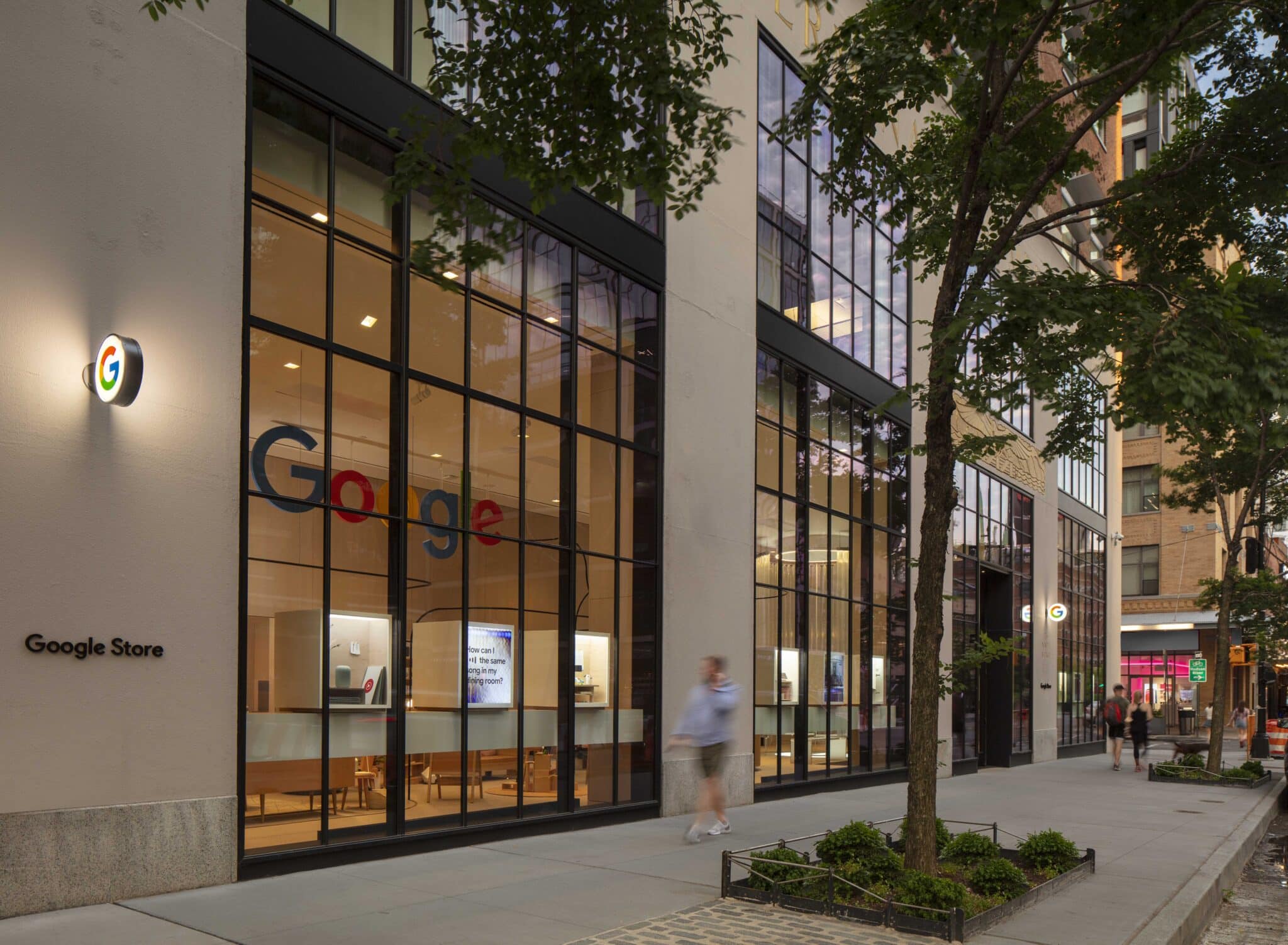
Photo courtesy of Reddymade
In general and as expected, Google has utilized the potential of its physical store to showcase their leading status as the world’s tech innovator. It remains to be seen whether there will be more branches to follow and how the physical stores will do its deeds as the representative of the brand’s visions, philosophy and innovations. In the mean time, if you ever have a chance to visit New York, don’t forget to stop by Chelsea and say hi.






